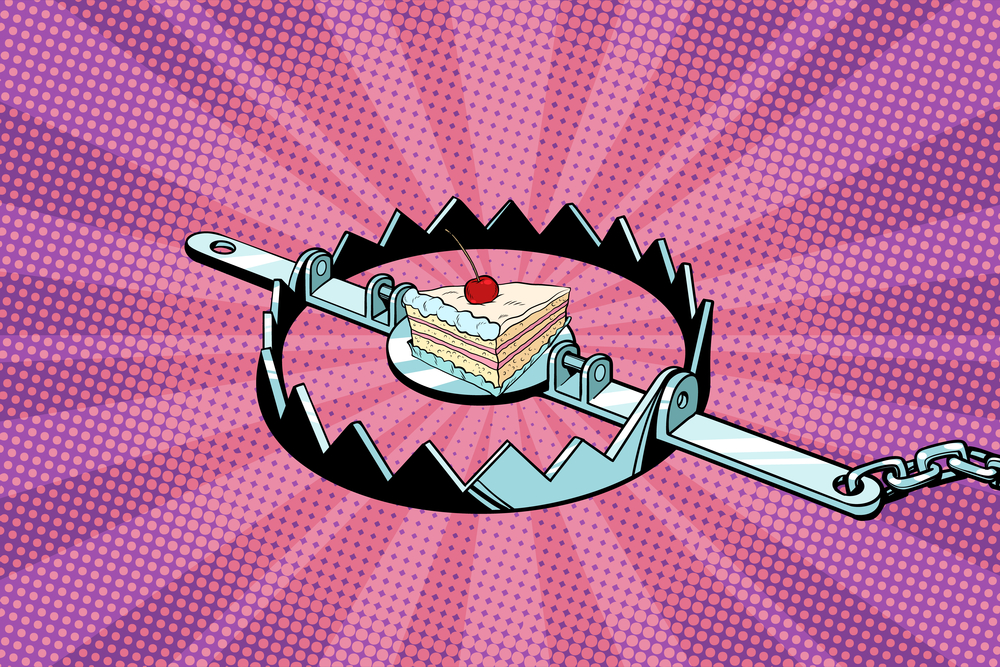Imagine for a moment you’re Og, the primary hunter in a tribe of hunter-gatherers. You’ve started this innovative project: Instead of sending out hunters on long expeditions, you’ve built an elaborate trap. You’ve been tweaking and optimizing it, for months. It’s working okay, but not quite as well as you’d hoped. In fact, you haven’t caught anything meaningful yet.
The leader of the tribe calls a meeting with all the elders. “What’s the ROI of this trap, Og?” she asks.
You explain that there are signs of progress, but it will take time. “We’ve caught some small animals. But, as I explained to you in the beginning, this is a new way to hunt. We’ll inevitably be wrong before we’re right.”
The elders offer suggestions. “What if we put more bait in the trap?” “Why don’t we buy that new technology from the tribe next door?” “Why don’t we try a different kind of rock?” “Why don’t you add my nephew to your team – he’s got mad innovation skills.”
After the meeting, you bow to political pressure and try to incorporate all the suggestions. Your project languishes.
Then, one day, you hear some gossip from a neighboring tribe – someone built a trap and is effortlessly capturing all the food they need. He’d been working on it for years. In fact, his design is almost exactly like yours – except for all the things you added to it since the elders’ meeting. In fact, you were on exactly the right road before your project ran into that most insidious of innovation killers.
The drift.
“The drift” is my name for what happens when corporate politics, cultural issues, and impatience – the biggest obstacles to innovation – impede a project’s timeline. And it doesn’t only affect projects that are struggling. Just as often, early success prompts the drift.
I worked with one company that had launched a digital magazine for existing customers. By all accounts, it was performing well. But the brand team felt it would be much better if the magazine wasn’t just for customers, but for all consumers.
So, they opened up the magazine and eliminated the exclusivity. To meet the needs of the new audiences, they watered down and simplified the content. Customers abandoned it. Within 18 months of the change, the platform was labeled a failure.
Because the drift happens over time, no one at the company fully understood why the innovative digital magazine failed. In retrospect, it’s simple: The drift killed it.
Managing the drift is one of the most difficult things any change agent has to navigate.
And with business patience at an all-time low – it’s unlikely to get any easier in the future.
The drift is especially hard to identify because it’s relative. One person’s impatience is another’s hustle. One person’s tolerance is another’s stubbornness. One person’s drift is another’s flexibility.
Even so, our responsibility as innovators isn’t just to bring the ideas, it’s also to influence the culture to protect that idea from the drift. We can teach patience, focus, and tolerance for the new ideas whose results may arrive more slowly. All we have to do is … wait for it.
It’s your story. Tell it well. L





